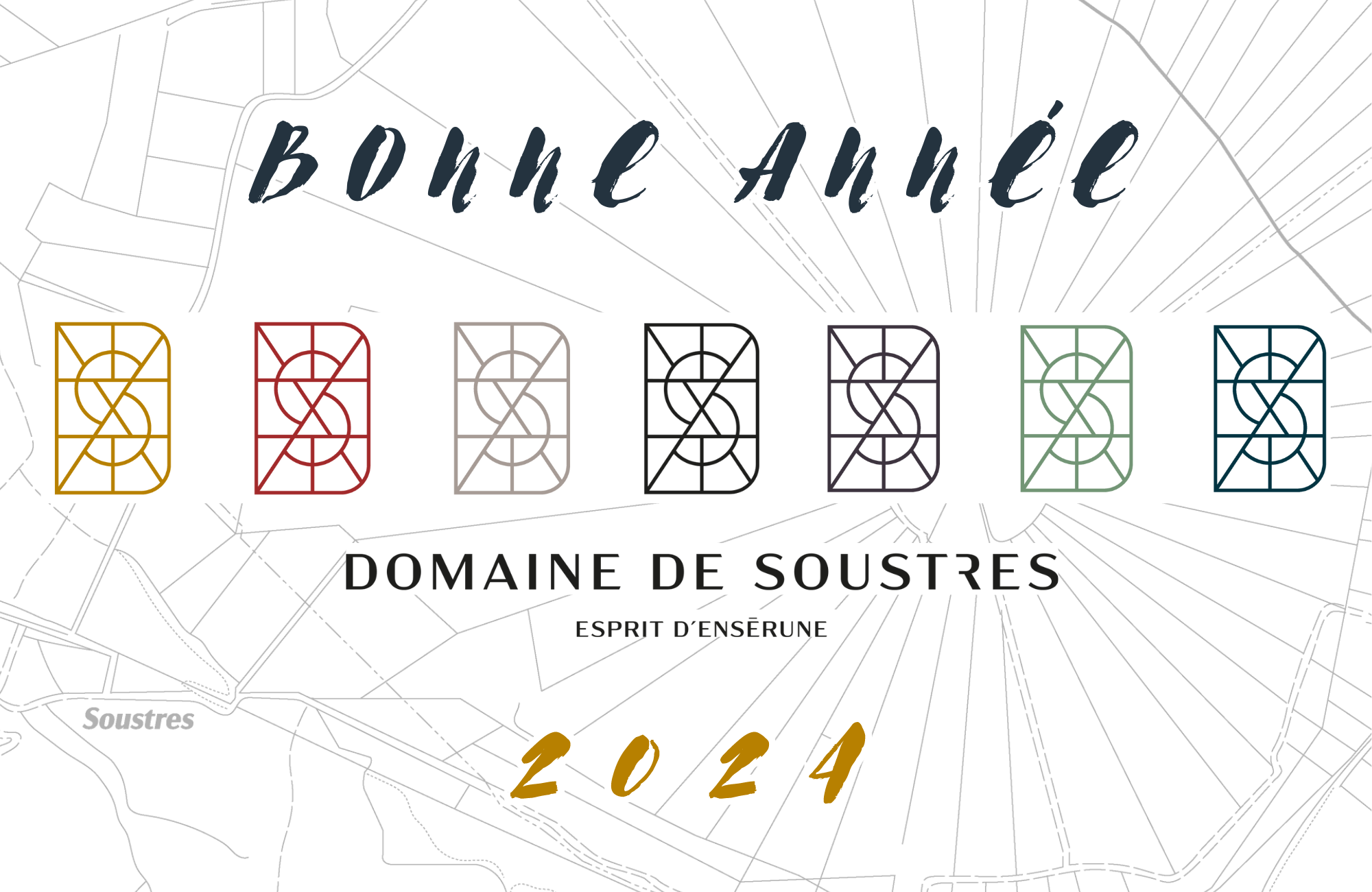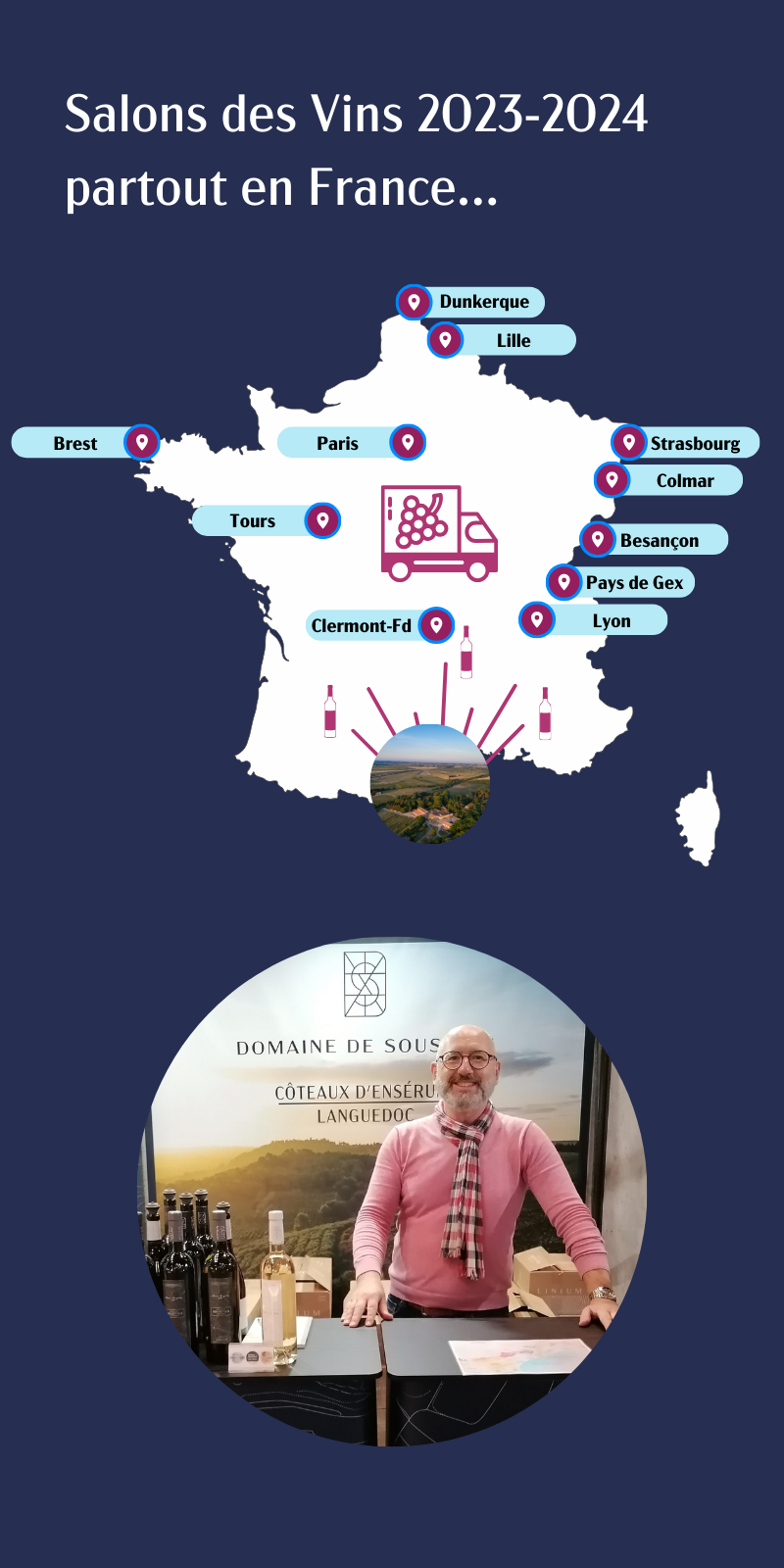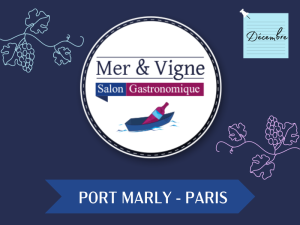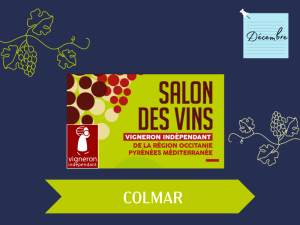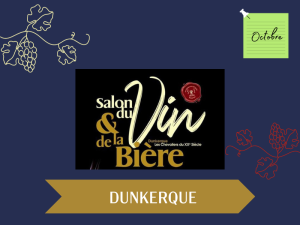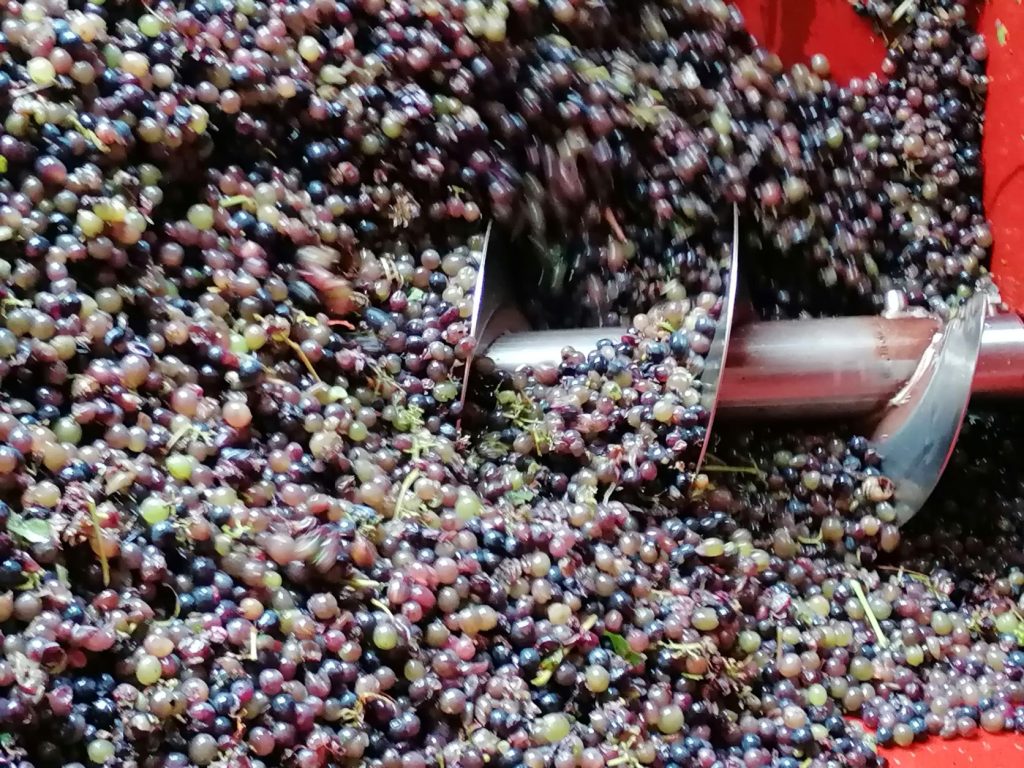
Time for grape processing
HORAIRES DU CAVEAU
9 octobre au 15 octobre
Le caveau sera fermé toute la semaine !
HORAIRES DU CAVEAU
16 octobre au 5 novembre 2023
En raison des Salons des Vins auxquels nous participons dans différentes régions de France, les jours et horaires d'ouverture seront restreints jusqu'à début décembre. Nous vous remercions pour votre fidélité et votre compréhension.
- mardi 17/10 et mercredi 18/10 = 10h00 - 12h30 / 14h00 - 18h30
- mercredi 25/10 = 10h00 - 12h30 / 14h00 - 18h30
- jeudi 2/11 et vendredi 3/11 = = 10h00 - 12h30 / 14h00 - 18h30
HORAIRES DU CAVEAU
6 novembre au 3 décembre 2023
En raison des Salons des Vins auxquels nous participons dans différentes régions de France, les jours et horaires d'ouverture seront restreints jusqu'à début décembre. Nous vous remercions pour votre fidélité et votre compréhension.
- du 6 au 10 novembre / lundi au vendredi de 10h00 - 12h30 / 14h00 - 18h30
- mercredi 15 /11 = 14h00 - 18h30 / jeudi 16/11 = 10h00 - 12h30 / 14h00 - 18h30
- du 20 au 24 novembre / lundi au vendredi de 10h00 - 12h30 / 14h00 - 18h30
- mercredi 29/11 = 10h00 - 12h30 /14h00 - 18h30 / jeudi 30/11 = 10h00 - 12h30 / 14h00 - 18h30
HORAIRES DU CAVEAU - BOUTIQUE
5 au 22 décembre - mardi au samedi - 10h00 - 12h30 / 14h00 - 18h30
HORAIRES DU CAVEAU - BOUTIQUE
23 décembre au 2 janvier - Nous sommes fermés pour congés - Retrouvez nous le 3 janvier 2024
Bonnes Fêtes de Noël et du Nouvel An !
HORAIRES DU CAVEAU
Janvier 2024
- 1 au 7 janvier - Mercredi & Vendredi de 14h00 - 18h00
- 8 au 14 janvier - Mercredi de 14h00 - 17h00
- 15 au 21 janvier - Mercredi & Vendredi de 14h00 - 18h00
- 22 au 28 janvier - Mercredi & Vendredi de 14h00 - 18h00
HORAIRES DU CAVEAU
Février 2024
- 29 janvier au 4 février - Mercredi de 14h00 - 18h00
- 5 au 11 février - Mercredi & Vendredi de 14h00 - 18h00
- 12 au 18 février- Mercredi de 14h00 - 18h00
- 19 février au 25 février - Mercredi & Vendredi de 14h00 - 18h00
- 26 février au 3 mars - Mercredi 15h-18h - Vendredi 10h-12h
HORAIRES DU CAVEAU
MARS 2024
- 4 au 10 mars - du Lundi au Vendredi de 10h-12h / 14h00 - 18h00
- 11 au 17 mars - du Lundi au Vendredi de 10h-12h / 14h00 - 18h00 - Fermé Mercredi 13 mars matin
- 18 au 24 mars - du Lundi, Mardi & Vendredi de 10h-12h / 14h00 - 18h00
- 25 mars au 31 mars - du Lundi au Vendredi de 10h-12h / 14h00 - 18h00
A look back at the harvest
The end of the harvest has sounded. They started in the first days of September for our Grenache Gris, destined for our white and rosé wines. And ended in mid-October with the Carignan, without forgetting our Grenache Noir and our Cabernet Sauvignon for the return of an emblematic vintage 😉 !
A vintage rich in sunshine during the day accompanied by cool nights with a gentle wind from the mountain ranges.
All our grapes are put into vats after the crushing stage, which consists of opening the berry in two to extract the juice, formerly done by trampling them. It will remain there for the next few months during the fermentation and maturation process.
Alcoholic Fermentation of Wines
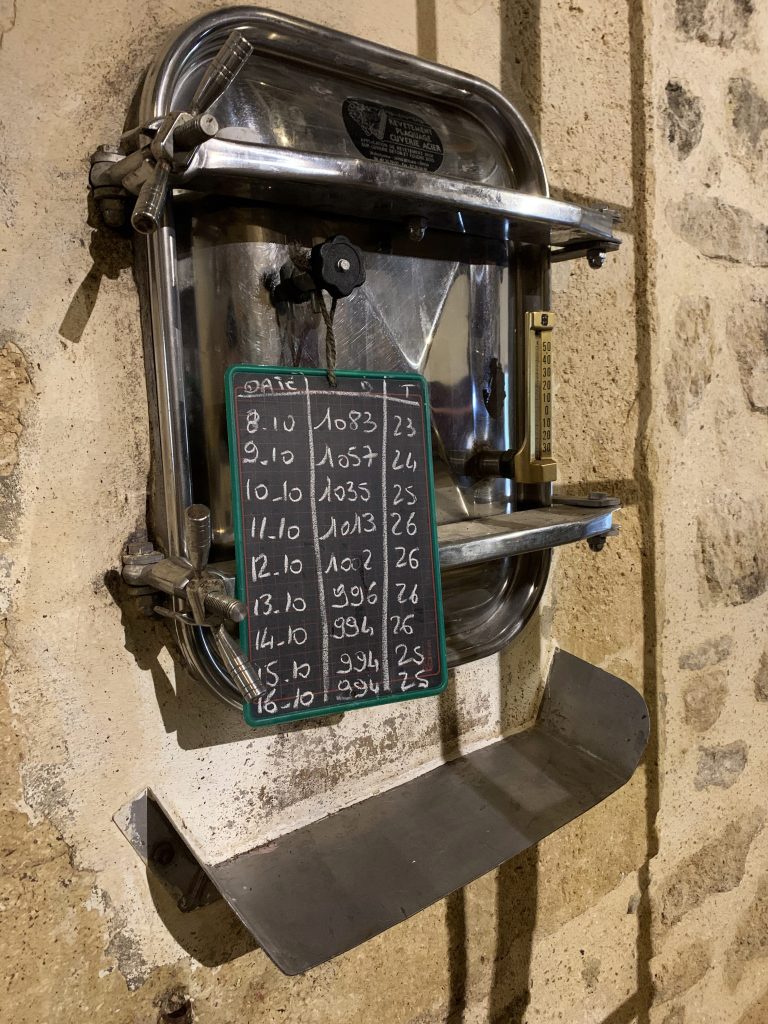
Once in the vat after being crushed, the grape juice can begin its transformation. It is then, 24 to 48 hours after vatting, that Alcoholic Fermentation will begin, also called AF. AF is the moment when the sugars, naturally present in the grapes, are transformed into alcohol. The transformation will take place thanks to the yeast that is added to the wine, which facilitates the start of fermentation.
During this first fermentation, Franck, our cellar master, will check the density. This consists of checking the temperature of the vat every day, as well as the sugar content of the must. Because yes, the sugar level in the vat must constantly drop day after day if we want to have a good AF. Our cellar master will then take a test tube, where he will put the grape must and a mustimeter which will take the density of sugar and the temperature.
Alcoholic fermentation starts between 1100 and 1080 density and will end when the grape must reaches about 995. It will naturally release carbon dioxide (CO2). The duration of AF can vary, especially between the different colours of wine being made. To make a red wine, the fermentation time varies from 8 to 10 days, for a white or rosé wine the duration will be longer, between 15 and 20 days. This time difference is due to the temperature of the tank. With a lower temperature the fermentation will take longer. The musts of white and rosé wines go from 10 to 15°C against 24 to 30°C for the reds.
The Vinification of a Red Wine
For the vinification of our red wines, when they are put into vats, Franck will integrate not only the grape juice, but also the grape skins and pips. What is it for? Well, it turns out that some of the flavours and colour pigments are inside. If we leave only the flesh of the grape, we would have rosé wine and not red.
The carbon dioxide will bring all the solid particles, which are the skin and the seeds, to the surface, forming what is called a marc cap. In order to extract as much colour and aroma as possible, Franck will then carry out pumping over. Pumping over takes place every day during fermentation and consists of pulling the juice from the bottom of the tank and inserting it at the top. This will allow the marc cap to be moistened and the colour and aromas to be extracted as much as possible.
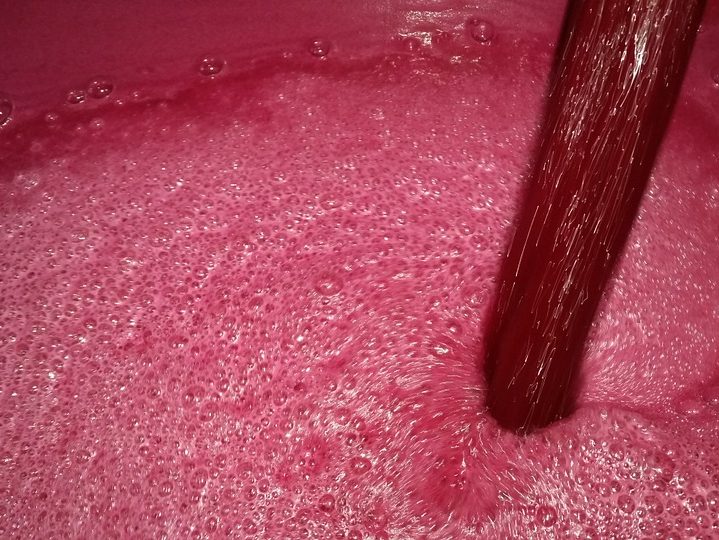
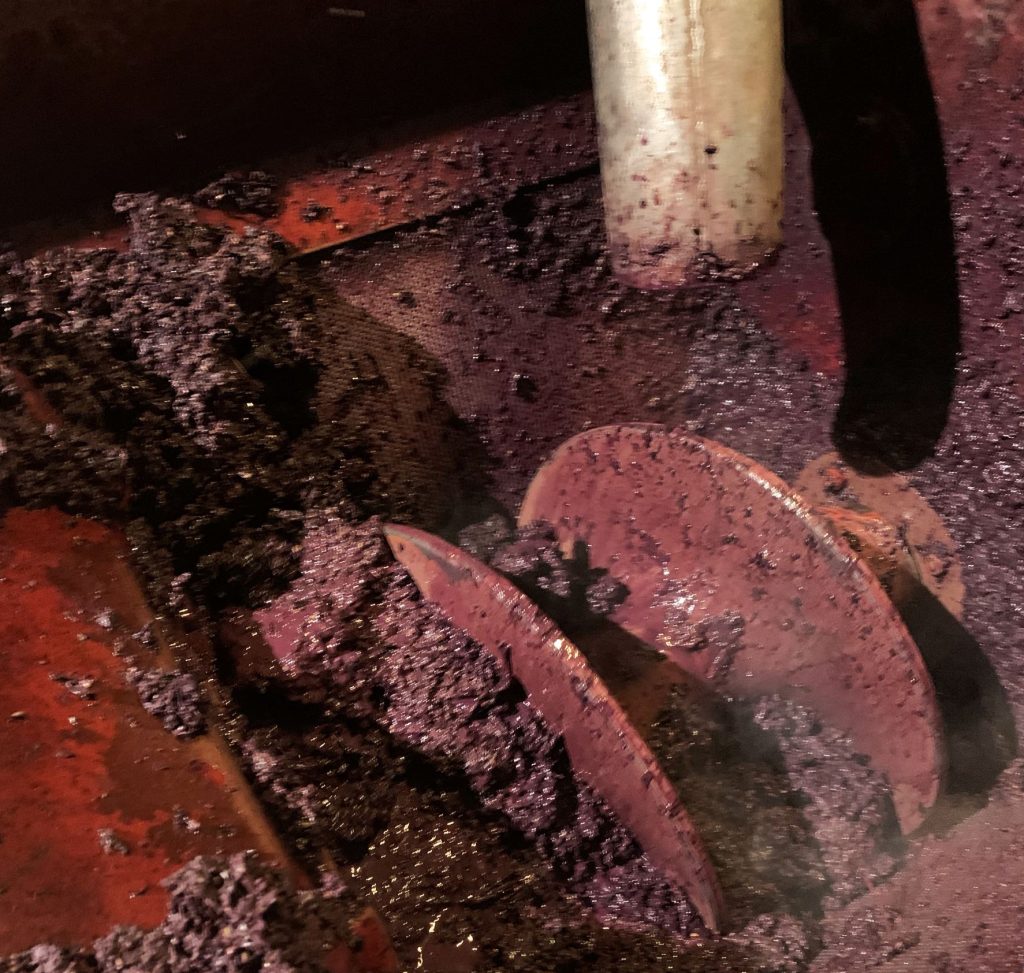
Once the AF is complete, our cellar master will then drain the grape must and transfer it to another tank, called the free-run wine. The cap of marc will then be at the bottom of the tank. All that remains is for our cellar master and wine workers to enter the vat to take out the marc. It will be sent directly to the press in order to recover the remaining juice, which will be called the press wine.
The grape must can finally be called wine. But a little more patience before it is a finished wine.
The Vinification of a White and Rosé Wine
The vinification of a rosé wine has one more step than for a white wine before the alcoholic fermentation. For the rosé, when the juice is put in the vat, we leave it for 3 to 4 hours in contact with the skin. This is called maceration. This will be done cold at about 10°C so that the start of fermentation is delayed. This will allow the grape juice, which is initially white, to turn pink. At the end of this time, Franck will then carry out the “la saignée“. Bleeding is the separation of the grape juice from the skins, the vat is bled. After this, the rosé grape juice can begin its alcoholic fermentation.
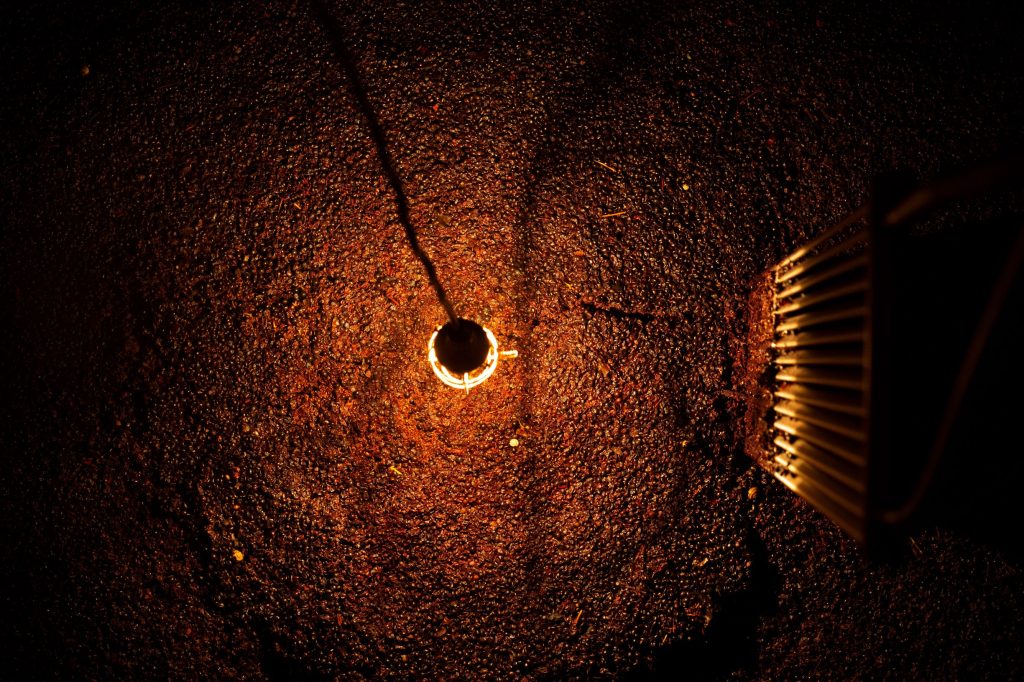
For the vinification of white wine, the method will be similar, the only step being maceration. In fact, once in the vat, the two parts, solid and liquid, are immediately separated so that the grape juice does not become coloured with the skins.
Following the separation of the juice and the grape skin, a settling process will be carried out. It consists of purifying the juice before fermentation. Still thanks to a low temperature, we will leave the juice in the static tank, no action will be performed. The cold will naturally allow the lees (plant residues, pips, etc.) to settle at the bottom of the tank. After a few hours, our team will be able to extract the clear juice from the lees.
Now it’s time for fermentation and a bit of waiting before the end!





